Can Plants Flower and Pollinate Underwater?
Aquatic plants lose out on the variety of pollination mediums compared to the majority of their terrestrial counterparts. Without the assistance of bees, birds, bats, and wind to bring the pollens from anthers to stigmas to complete the reproduction cycle, they have evolved other strategies of reproduction.
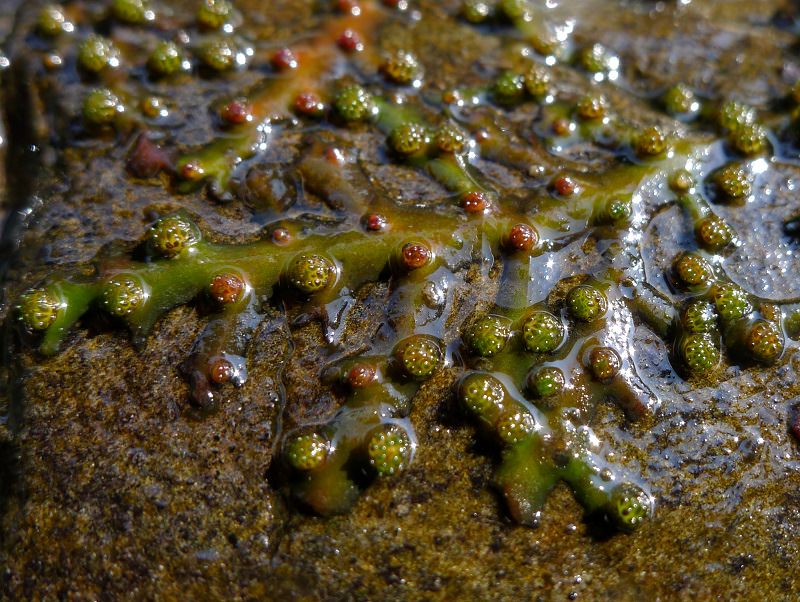
The specialised root structure of Cladopus yinggelingensis allow them to cling onto rock or wood surface. Their stems and leaves are minute and flat, that make them be easily mistaken as moss or lichen.
One of these techniques, unique and special, is found in Cladopus yinggelingensis – a new species of plant found only in Yinggeling National Nature Reserve in the central mountains of Hainan Island. The species was introduced in a KFBG co-authored paper recently published in Phytotaxa, an international botanical journal.
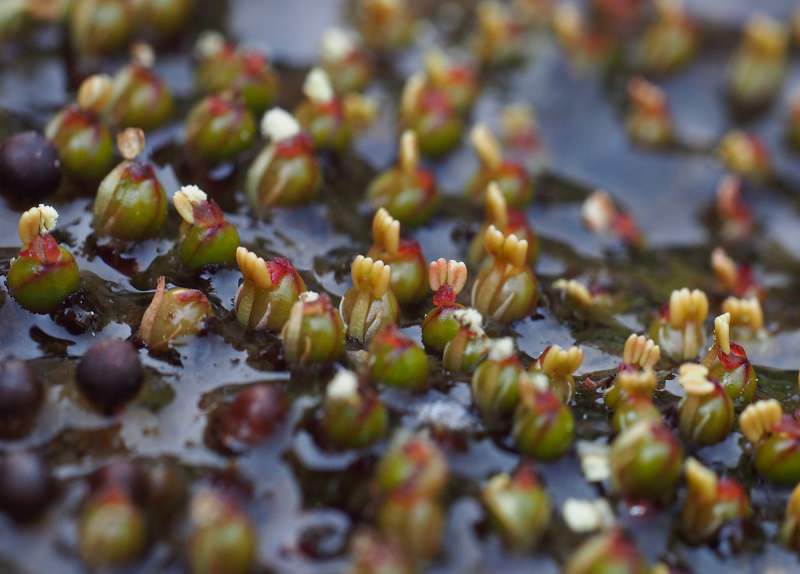
Flowers of Cladopus yinggelingensis
Cladopus yinggelingensis clings to rocks and tree stumps in well-forested streams. The anthers of its flower bend towards the stigmas, and when the flowers are submerged underwater bubbles envelop both the anthers and stigmas, enabling self-pollination to take place under watertight conditions. This special feature enables the flower to completely reproduce underwater.
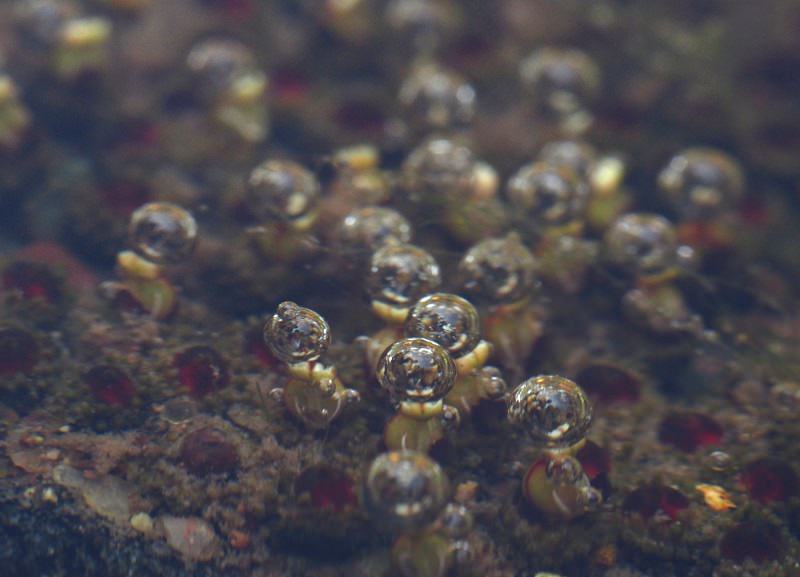 When the flowers Cladopus yinggelingensis are submerged underwater, bubbles envelop both the anthers and stigmas, allowing self-pollination to take place in the water-tight condition.
When the flowers Cladopus yinggelingensis are submerged underwater, bubbles envelop both the anthers and stigmas, allowing self-pollination to take place in the water-tight condition.
Yinggeling (YGL) contains large tracts of primary rainforest and rich biodiversity. Kadoorie Conservation China (KCC) - a department of KFBG – has been involved in the protection of YGL since 2003, spearheading the establishment and management of YGL Nature Reserve. Cladopus yinggelingensis and Terniopsis daoyinensis, another new species, were first encountered when the KCC team waded across rivers to get to a remote village in YGL called Daoyin Village to conduct community work.
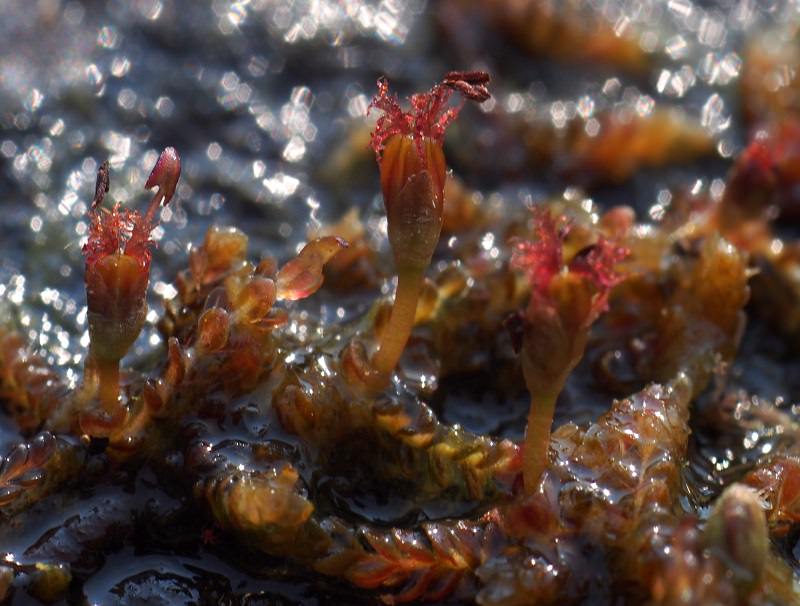
Terniopsis daoyinensis
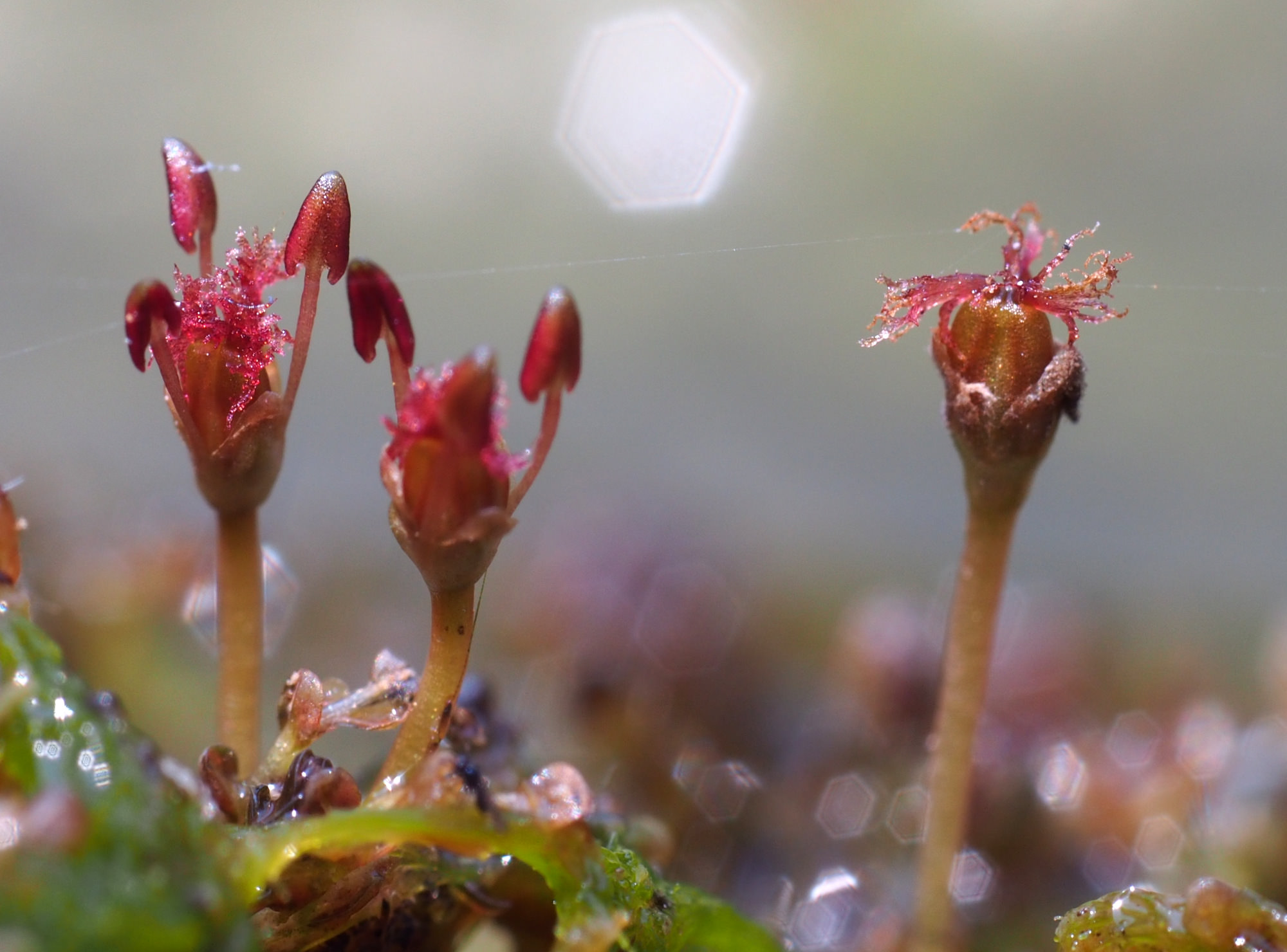
Flowers of Terniopsis daoyinensis
Both plants belong to Podostemaceae, a family of submerged perennial plants. After years of observation and research, Cladopus yinggelingensis and Terniopsis daoyinensis were named after their locations of discovery and scientifically described in Phytotaxa by a joint research team from the Institute of Botany, Chinese Academy of Sciences and KCC.
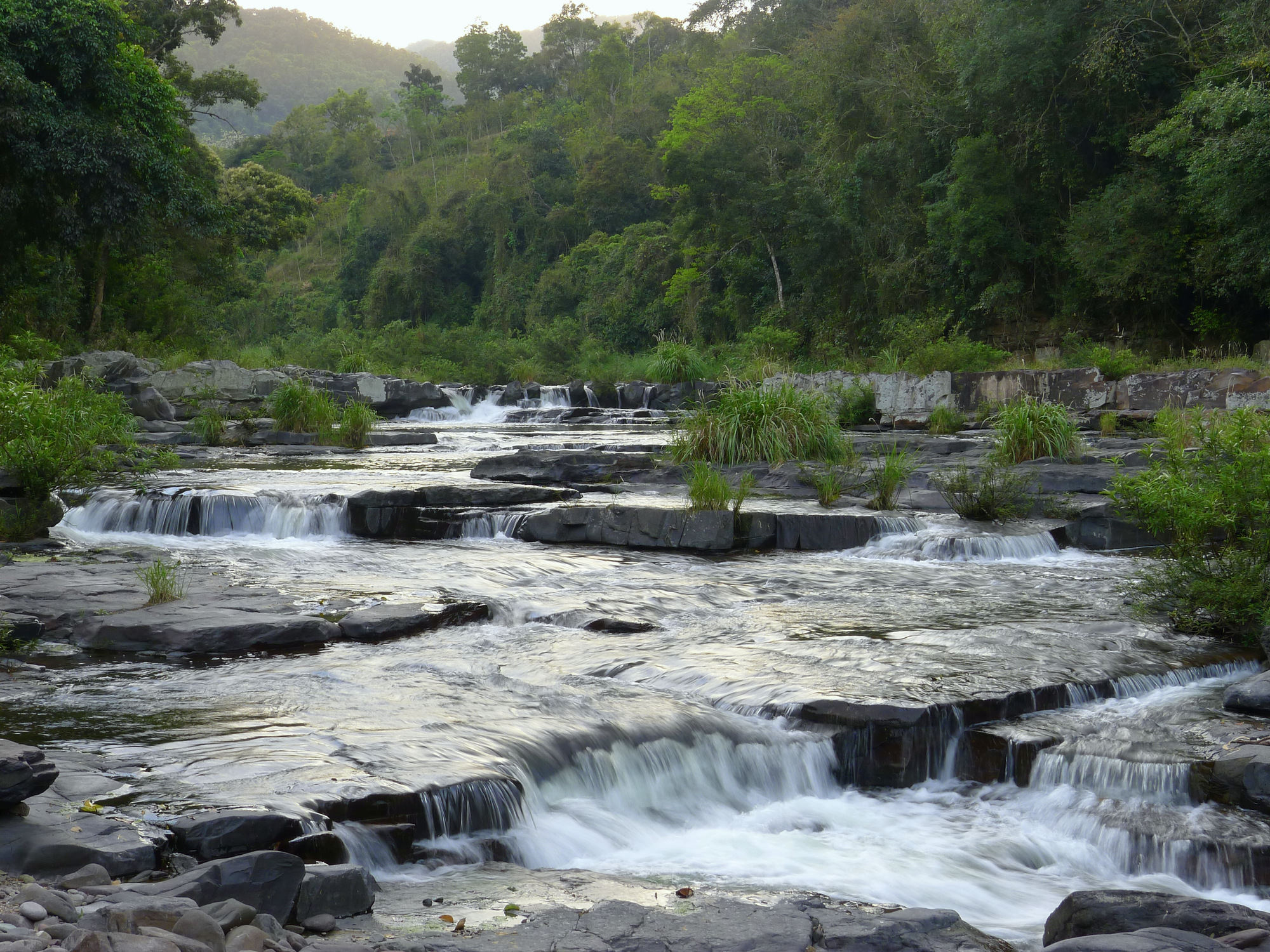
Habitat of the two new species: rocks and stumps in fast-flowing rivers

